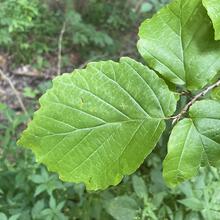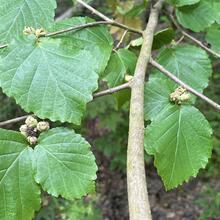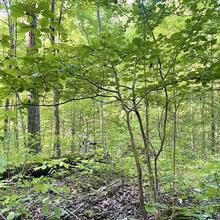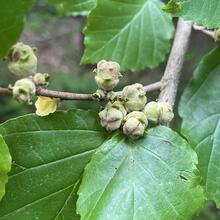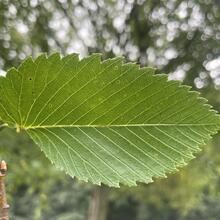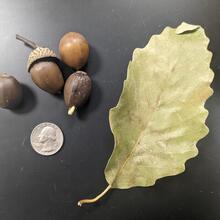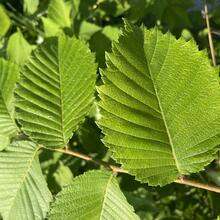Hamamelis virginiana
Hamamelidaceae
Multi-trunked understory tree/shrub. Tolerates range of soil conditions, but avoid extremely dry sites. In cultivation, may be confused with several Asian species and their hybrids.
Summary
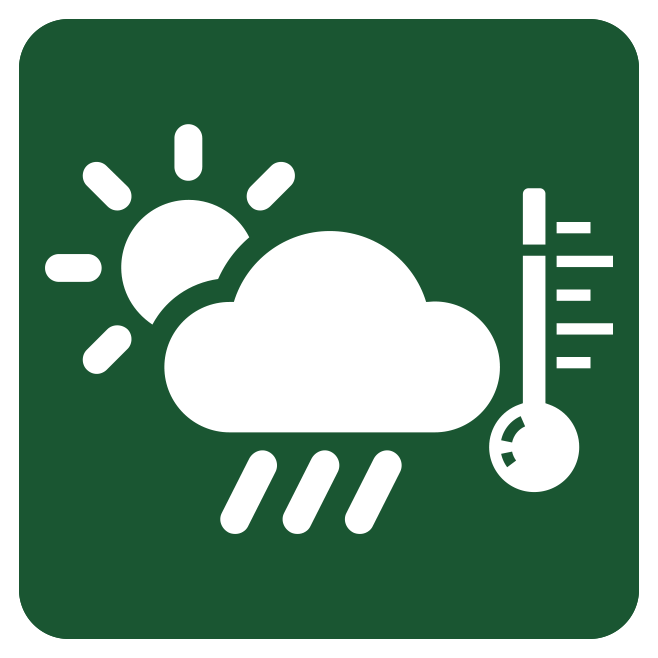 Climate Tolerance
Climate Tolerance
NA
Wildlife Benefits
Nectar source for bees, owlet moths; seeds food source for gamebirds, small mammals
Pollination Type
Pollinator
Plant Hardiness Zones
3 to 8
# Butterfly/Moths that use as host
69
Bloom Time
Fall (Oct, Nov)
 Shade/Sun Tolerance
Shade/Sun Tolerance
Part Shade: Receives 2-4 hours of direct sunlight, preferably in the morning
 Maximum Height
Maximum Height
Small (15-40 ft)
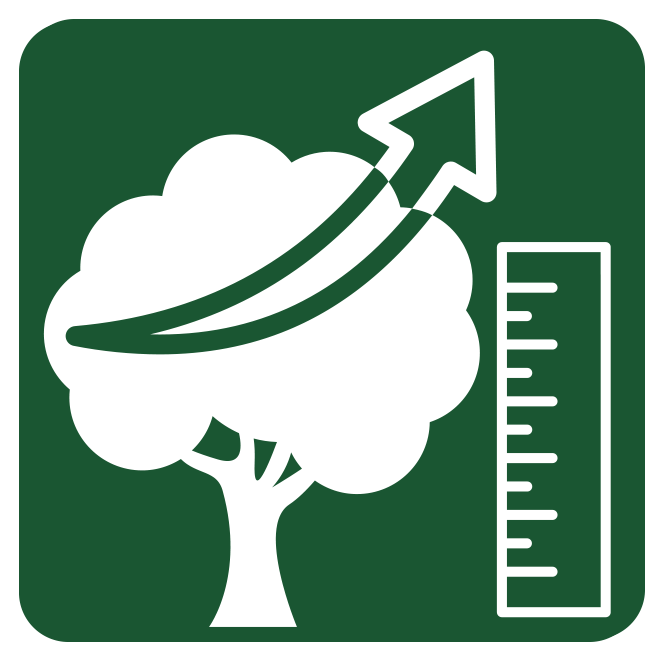 Growth Rate
Growth Rate
Slow: 1 ft or less per year
 Soil Type
Soil Type
Clay: Small sized particles. Long moisture retention and low nutrient availability.
Loam: Equal mix of clay, sand, and silt. Moderate moisture retention and high nutrient availability.
Sand: Large/coarse particles. Short moisture retention and low nutrient availability.
Silt: Medium sized particles. Moderate moisture retention and high nutrient availability.
 Soil Moisture Tolerance
Soil Moisture Tolerance
Moist: Soil can remain damp and does not normally retain standing water
Root - Fungal Association
Arbuscular mycorrhizae: Symbiotic relationship with fungi that exist on inside of plant root cells, facilitating nutrient uptake
Pest & Pathogen Risks
Very Low
 Urban Stress Tolerance
Urban Stress Tolerance
Medium: Tree can adapt to a few urban conditions and will generally grow well
Drought Tolerance
Sensitive: Tree will become stressed during periods of drought
Coefficient of Conservatism
5
Native Status
OH-Native: Species is native to Ohio
NatureServe G-rank
G5
Plant Community Type
- Beech Mixed: Frequent
- Oak Mixed: Frequent
- Alluvial: Absent
- Red Maple Mixed: Occasional
- Ruderal: Absent
Bloom Color
Yellow
Form
Tree
Shrub
 Lifespan
Lifespan
Long: Greater than 250 years
Soil pH
Acidic (pH<6.8)
Wetland Indicator Status
FACU: Facultative Upland, usually occurs in non-wetlands, but may occur in wetlands
Soil Compaction Tolerance
Sensitive: Tree will become stressed from soil being compacted
Heat Tolerance
Sensitive: Tree will become stressed from increased temperature due to urban heat island effects
Salt Tolerant
Sensitive: Intolerant to either aerial salt spray and/or salt present in soil
Native County Status
Cuyahoga
Geauga
Lake
Lorain
Medina
Portage
Summit
IUCN Red List Assessment
Least Concern
